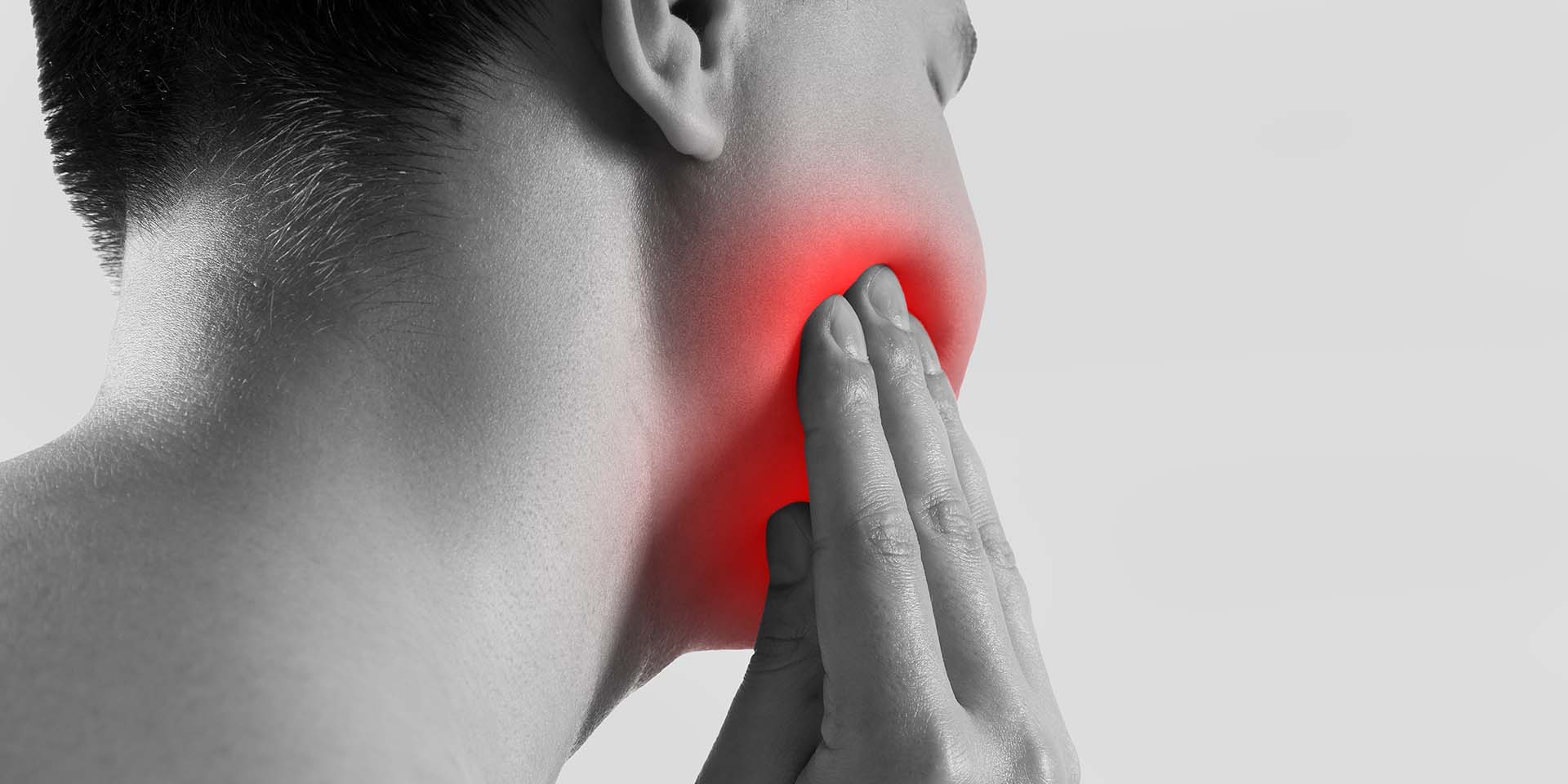- Introduction: The Legend of the First Winter
- What is Tooth Sensitivity?
- Common Causes of Tooth Sensitivity
- Home Methods to Relieve Sensitivity
- Professional Treatments: What to Expect from Your Dentist?
- Prevention: How to Avoid the Recurrence of Tooth Sensitivity?
- Conclusion
- Scientific references
Introduction: The Legend of the First Winter
It is said that in the dawn of time, when the first cold winds blew over the earth, a young girl with a smile as bright as the full moon experienced a sharp pain when she tasted her first snowflake. This sensation, which resembled the icy touch of an endless winter, was the first report of what we know today as tooth sensitivity. A condition as old as time, tooth sensitivity remains an enigma shrouded in mystery and discomfort.
What is Tooth Sensitivity?
Tooth sensitivity, technically known as “dentinal hypersensitivity”, manifests itself when dentin, the underlying layer of the tooth that contains microscopic tubules and nerve endings, is exposed. According to studies such as the one published by the Journal of the American Dental Association, more than 12 per cent of the population suffers from this uncomfortable condition that turns the simple act of drinking a coffee or eating an ice cream into a painful experience.
Common Causes of Tooth Sensitivity
Various daily practices can contribute to enamel erosion and the consequent exposure of dentin:
- Vigorous brushing: Using excessive force or a hard-bristled toothbrush can wear down the enamel.
- Acidic diet: Consuming foods and drinks with a high acid content, such as citrus fruits and soft drinks, can erode enamel over time.
- Bruxism: The grinding or clenching of teeth during sleep is a powerful force that can cause cracked teeth.

Home Methods to Relieve Sensitivity
There are various strategies that can be implemented at home to minimise tooth sensitivity:
- Desensitising Toothpaste: These pastes contain compounds that help block pain transmissions through the dentinal tubules.
- Fluoride mouthwash: Regular application of fluoride can help strengthen tooth enamel, making it less susceptible to decay.
- Dietary changes: Reducing the consumption of acidic foods and increasing the intake of calcium-rich foods can protect against dental erosion.
Professional Treatments: What to Expect from Your Dentist?
For more severe cases, oral health professionals can offer treatments such as:
- Fluoride varnishes: Professional applications that strengthen enamel and reduce pain.
- Dental restorations: Used to cover exposed areas of dentin or repair fractured teeth.
- Dental sealants: A protective barrier applied to the teeth to prevent exposure of the dentinal tubules.
Prevenção: Como evitar a recorrência da sensibilidade dentária?
Maintaining a proper oral hygiene routine is essential:
- Gentle brushing: Use a soft-bristled toothbrush and avoid aggressive brushing.
- Regular check-ups: Regular visits to the dentist help to identify and treat early problems that could cause sensitivity.
Conclusion
Although tooth sensitivity can feel like a perpetual winter for sufferers, modern treatment approaches and preventative practices offer hope for warmer, more comfortable days. The fight against tooth sensitivity is as much an art as a science, requiring an ongoing commitment to oral health.
Scientific references:
- Journal of the American Dental Association, “Prevalence of Dentin Hypersensitivity in General Dental Practices,” vol. 134, no. 8, p. 1061.
- Clinical Oral Investigations, “Dietary Factors and Dentin Hypersensitivity: A Comprehensive Review,” 2019.



